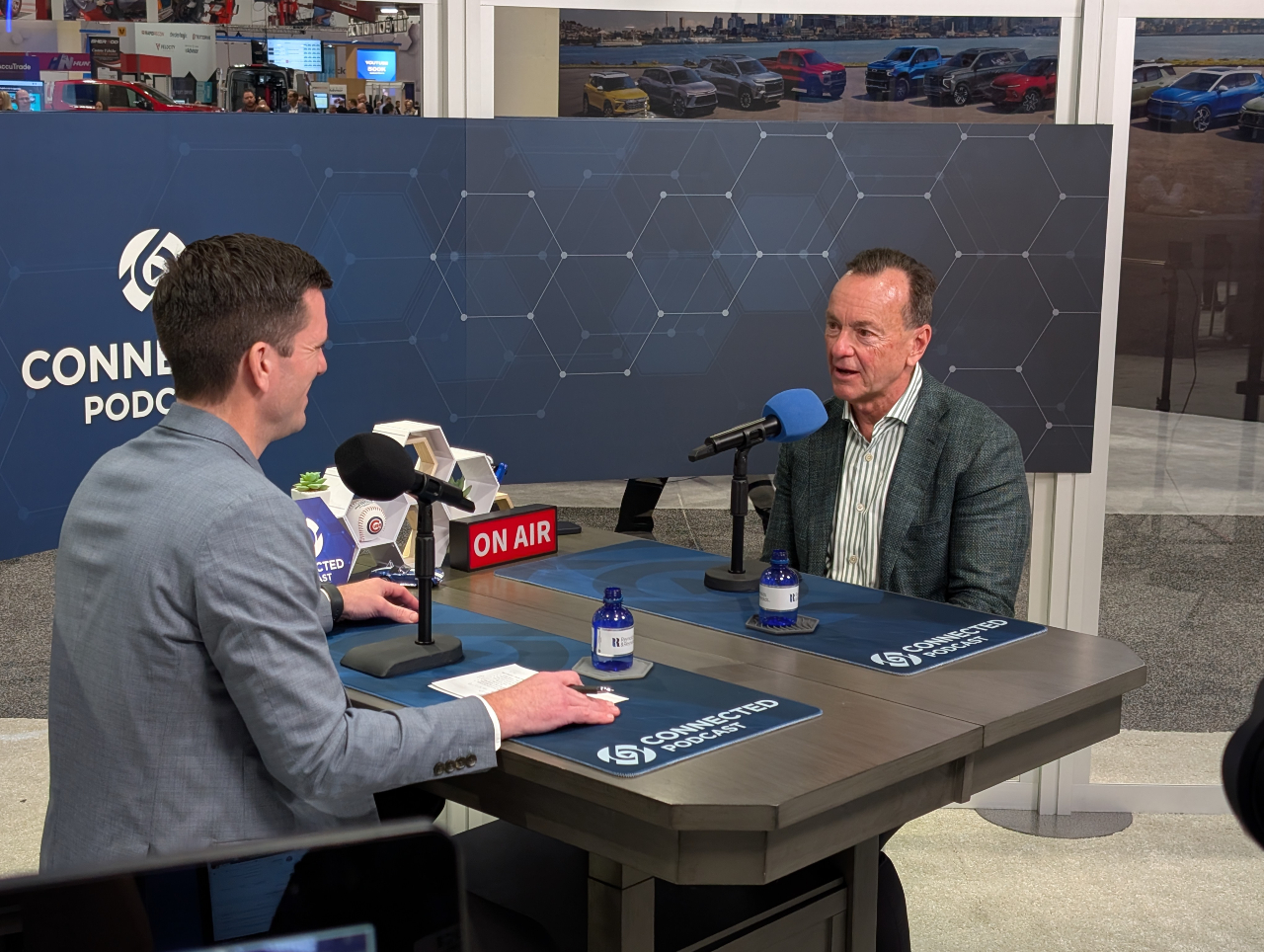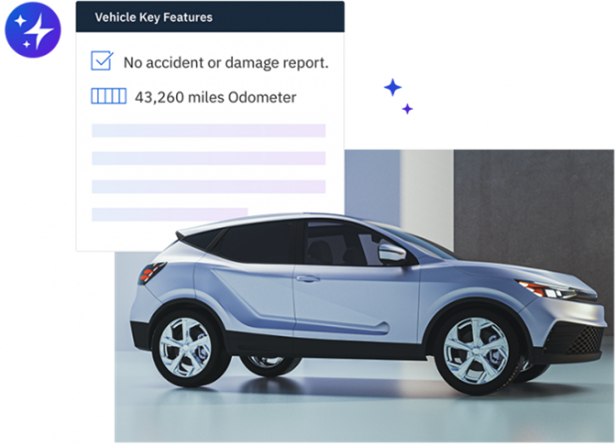Selling Accessories to Enthusiasts vs Non-Enthusiasts

Article Highlights:
- Who is an easier sell? Enthusiasts or Non-Enthusiasts?
- What effect should customer type have on your accessory sales pitch?
SEMA recently published its latest market report with a lot of new findings. The most exciting finding is that the accessory industry garnered an extraordinary $42.92 billion in retail sales. They also added a new section with do-it-yourself estimates on installations and information on where accessories were purchased and received – an important stat to pay attention to when conducting accessory customer discoveries. But one thing that didn’t change in this new report is that accessory buyers are a diverse group.
The accessorizers are broken into two categories: enthusiasts and non-enthusiasts. SEMA compares types of vehicles they drive, population distribution, age, and more. But SEMA’s reports don’t cover how you sell differently to each group.
To better understand the roles both these groups play in the accessory market, let’s take a closer look. The enthusiasts are broken into three groups:
- The Builder buys parts because they enjoy working on their vehicle. They’ll probably buy parts from you if they’re at a discount, but they’ll be doing the installs themselves. That is, unless the install is less fun and more tedious. Try selling them hitches, exterior body accessories, and driver assist systems.
- The Driver buys parts to maximize the fun of driving. They’re an easy accessory sell – most likely associated with the off-road segment.
- The In-Crowd buys parts to make their vehicle stand out. They’re looking for the craziest accent lights and the shiniest spinners.
The enthusiasts can be an easy sell if you know how to identify them and what accessories to sell. Try to keep them engaged and make the learning process easy. Don’t shove another sales pitch in their face. Instead, let them take the reins on a shopping experience and make it simple for them to buy.
Enthusiasts are only 44% of the market. So what about the other 56% of the market that are the non-enthusiasts? They’re also broken up into three groups:
- The Handyman buys parts to upgrade when performing repairs or maintenance. They’re looking to extend the life of their vehicles and maximize efficiency of operation. They’ll be looking for the safety and reliability products.
- The Commuter buys parts to maximize driver comfort and for mild personalization. They’re looking for functional accessories more than anything else.
- The DIFM, or “do-it-for-me”, buyers listen to their mechanic’s recommendations for everything the vehicle needs. This segment is proof that an accessory department needs to involve all departments. Imagine getting this entire customer base just because your mechanic says they should!
The non-enthusiasts are actually going to be fairly easy to sell to as well. They are aware of accessories, want accessories, and go to the shop down the road to purchase accessories. As with selling to enthusiasts, you’ll want to make it simple for them to buy. Allow them to browse your selection, and don’t shy away from selling aftermarket products.
What’s holding you back from selling accessories? According to SEMA’s report, it may be your customer’s wallet. They found the number one reason preventing people from purchasing more accessories is the cost. Think of the cost of paint protection for example. Most people don’t have $800+ sitting in their bank account for free spending. But they do have a few extra dollars a month. If you build the cost of that sunroof into their new-car deal, you’ve made that purchase a lot more realistic.
There are a lot of different types of accessories out there – performance, functional, entertainment, safety, etc. It’s hard to break all these down in a way where you’re not losing the customer to boredom. A catalog is too big (it will take forever to get through that dusty book), and a showroom is too small (all they see are some floormats, step bars, and sample fabrics).
That’s why the best way to introduce accessories to any customer type is through an interactive digital platform that seamlessly animates the accessory onto their vehicle. An engaging platform keeps the customer excited and involved in the process so they’re not just staring at the back of a computer or flipping through pamphlets. By being able to see all the accessory products in one place, you can identify accessory enthusiasts or non-enthusiasts a lot easier based on what they’re interested in purchasing, and tailor your presentation accordingly. That could go a long way in follow-up efforts!
Related Articles:

The Future of Variable Ops with Experts at NADA 2025
Explore how AI is transforming variable operations in automotive retailing with insights from NADA 2025. Learn about efficiency, profitability, and fraud prevention from industry leaders.

Decision made regarding the Vehicle Shopping Rule – now what?
Check out five key takeaways from the Vehicle Shopping Rule to keep your dealership safe from FTC enforcement actions.

3 Ways AI Can Elevate Your Dealership’s Online Inventory
On average, Americans are exposed to between 4,000 and 10,000 advertisements every day. From commercials on TV to billboards on your way to work, all…

The Pizza Playbook – What Ordering Pizza Teaches Us About F&I
For as long as I can remember, my family had “pizza night” every week. Without fail, every Friday evening we’d all gather around the computer…















